Discover Simferopol: A Cultural Odyssey
Embark on a free walking tour through Simferopol, exploring its rich history, art, and serene parks that reveal the city's vibrant spirit and cultural depth.
Time
3 Hours
Stops
8 Places
Distance
8.0 km
Salgirka City Park
Begin your tour at Salgirka City Park, a lush green space that offers a peaceful start with beautiful landscapes and historical monuments.
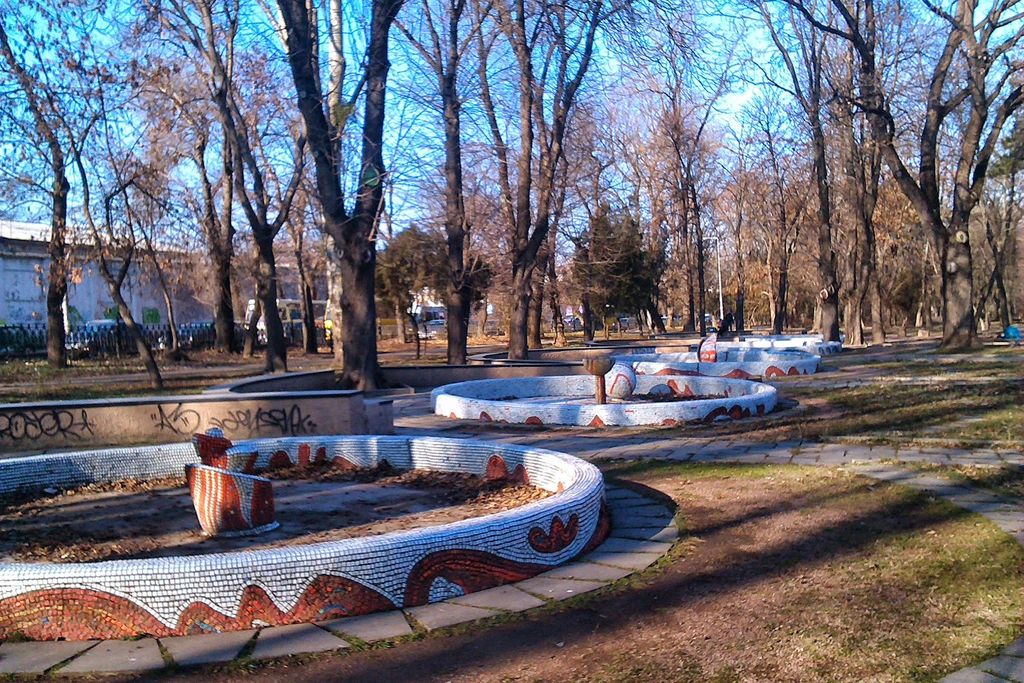
Salgirka City Park (Source: Google Maps)
Salgirka City Park serves as a verdant retreat in the heart of Simferopol. Established in the 19th century, it features beautifully landscaped gardens, walking paths, and historical monuments, including a statue of the poet Alexander Pushkin. The park is not only a recreational area but also a cultural hub where locals gather for events and festivities. Its tranquil atmosphere, accentuated by lush greenery and vibrant flower beds, makes it a perfect starting point for any exploration of the city.
Simferopol Art Museum
Just a short stroll away, the Simferopol Art Museum offers a collection of Russian and Crimean art, perfect for art enthusiasts.
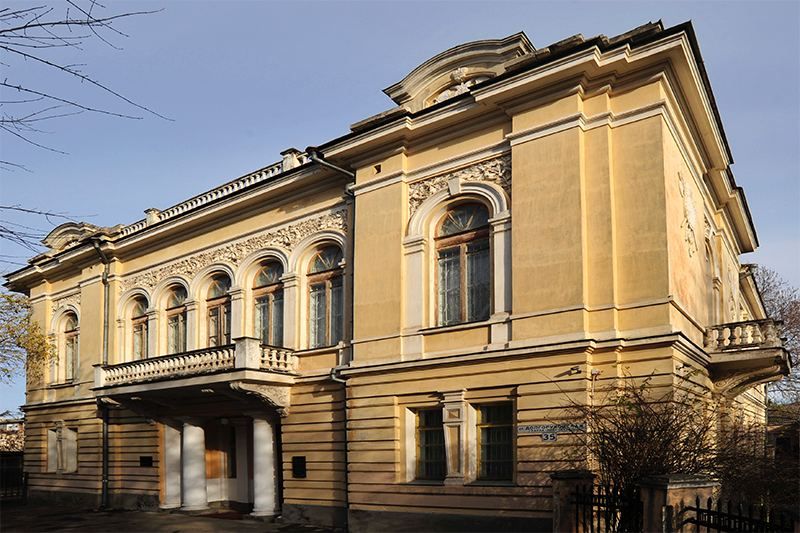
Simferopol Art Museum (Source: Google Maps)
The Simferopol Art Museum is a cultural gem showcasing a diverse collection of over 5,000 works of art. Established in the early 20th century, the museum focuses on Russian and Crimean artists, reflecting the region's artistic evolution. Its exhibits include paintings, sculptures, and decorative arts, highlighting both contemporary and historical pieces. The museum's architecture is also noteworthy, blending classical and modern styles, and it often hosts exhibitions and educational programs that engage the community and promote local artists.
Alexander Nevsky Cathedral
Admire the stunning architecture of the Alexander Nevsky Cathedral, a spiritual center and an excellent example of Russian Orthodox design.
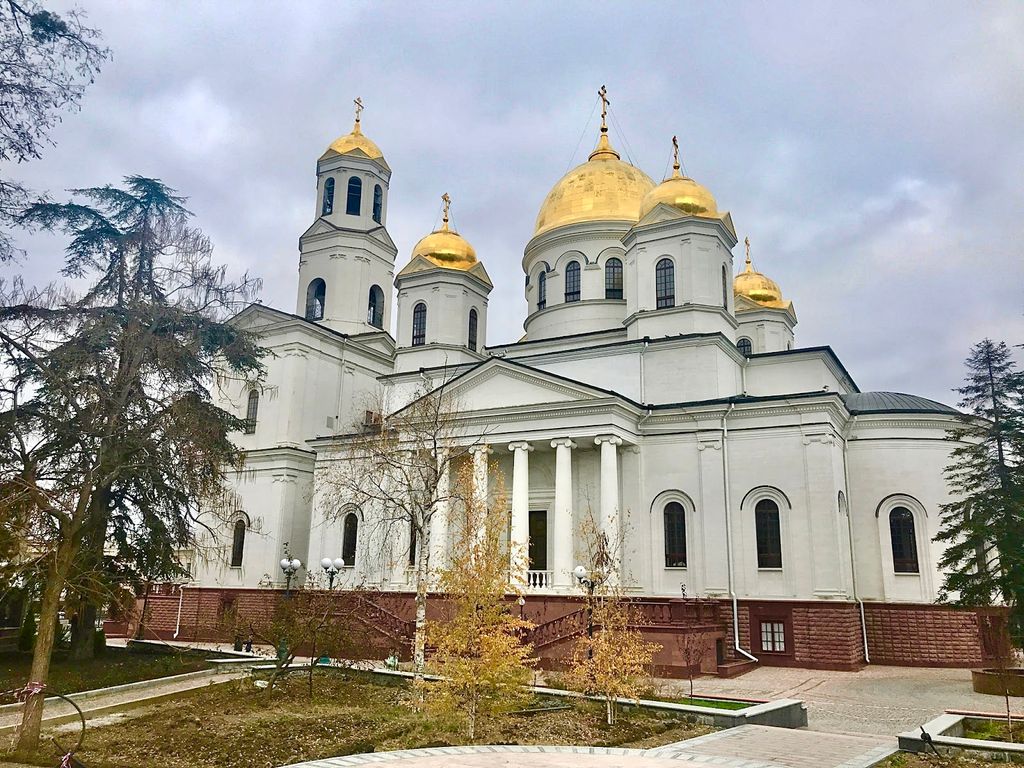
Alexander Nevsky Cathedral (Source: Google Maps)
The Alexander Nevsky Cathedral, completed in the late 19th century, is a striking example of Russian Orthodox architecture. Its golden domes and intricate frescoes attract visitors from all over. The cathedral serves as a spiritual center for the local community and is renowned for its stunning interior, which features beautiful icons and ornate decorations. The building's historical significance is profound, as it has witnessed many pivotal moments in Simferopol's history. Its serene atmosphere and architectural beauty make it a must-visit landmark.
Crimean Ethnographic Museum
Dive into the diverse cultural tapestry of Crimea at the Crimean Ethnographic Museum, which highlights the region's rich heritage through its exhibits.
We are working to fix the images. They're coming back soon.
The Crimean Ethnographic Museum offers a deep dive into the rich cultural tapestry of Crimea. Established in the 20th century, it houses extensive collections that represent the diverse ethnic groups of the region, including Crimean Tatars, Russians, and Ukrainians. The museum's exhibits include traditional costumes, artifacts, and household items that illustrate the daily lives and customs of these communities. Through its educational programs and exhibitions, the museum aims to preserve and promote the unique cultural heritage of Crimea, making it an essential stop for understanding the region's history.
Trenev Park
Relax and enjoy the serene environment of Trenev Park, named after the famous Crimean writer, and appreciate the blend of nature and culture.
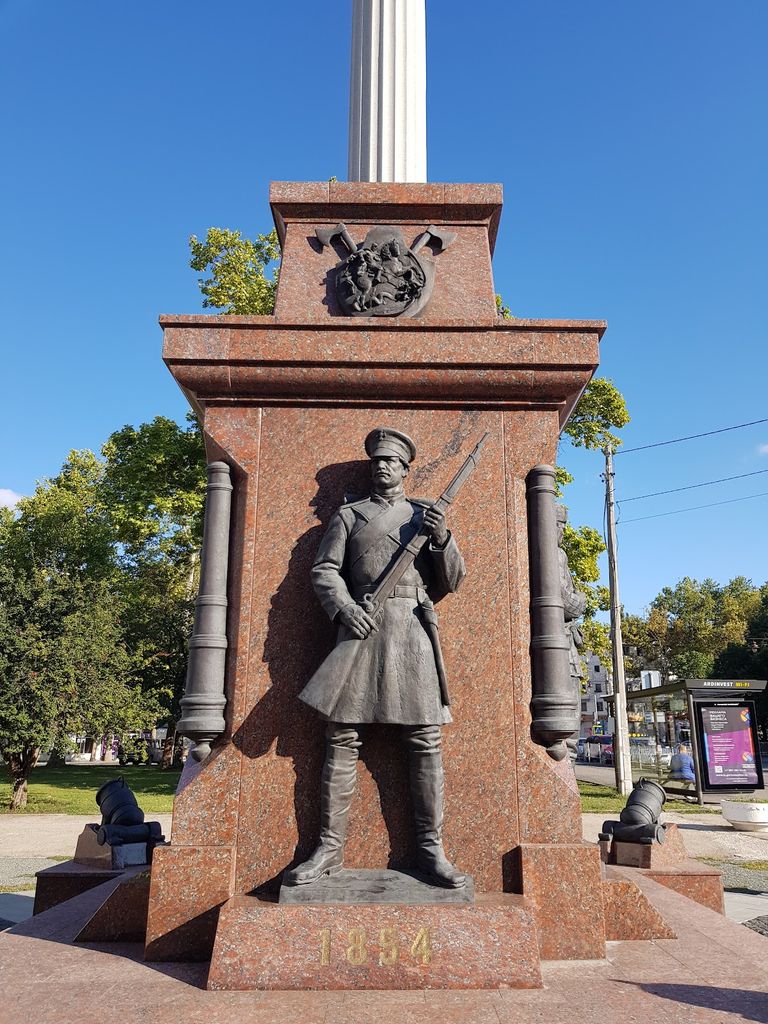
Trenev Park (Source: Google Maps)
Trenev Park, named after the famous Crimean writer, is a serene oasis that blends nature and culture. The park is characterized by its lush greenery, walking paths, and tranquil ponds, providing a peaceful escape from the urban hustle. It features sculptures and monuments dedicated to literary figures, enhancing its cultural significance. Visitors can enjoy leisurely strolls, picnics, or simply relax in the natural surroundings. The park is a popular spot for both locals and tourists, serving as a venue for cultural events and gatherings throughout the year.
Lenin Square
Visit Lenin Square, the heart of Simferopol, where you can observe local life and enjoy the historical significance of this central gathering place.
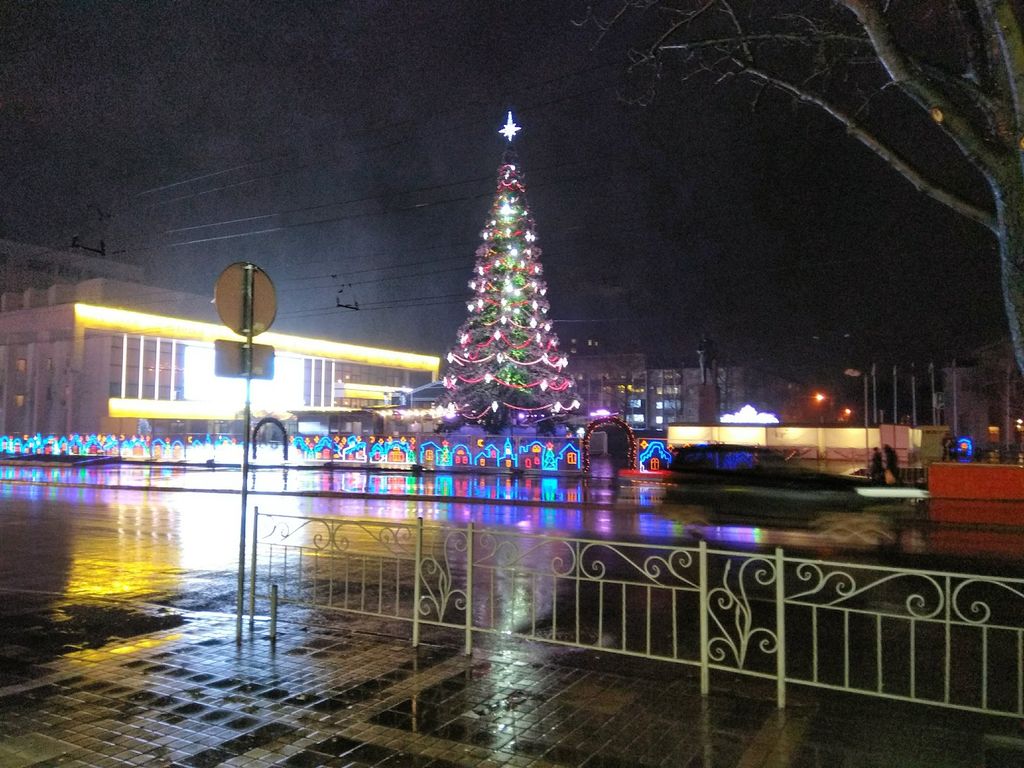
Lenin Square (Source: Google Maps)
Lenin Square is the central hub of Simferopol, known for its vibrant atmosphere and historical significance. The square is surrounded by important government buildings and cultural institutions, making it a focal point for local life. It often hosts public events, markets, and festivals, reflecting the city's communal spirit. The square is adorned with statues and monuments that pay tribute to historical figures, and its spacious design allows for gatherings and celebrations. As a symbol of the city's heritage, Lenin Square is a must-visit for anyone exploring Simferopol.
Scythian Neapolis
Discover the ancient ruins of Scythian Neapolis, providing a glimpse into the history of the Scythian civilization that once thrived in this region.
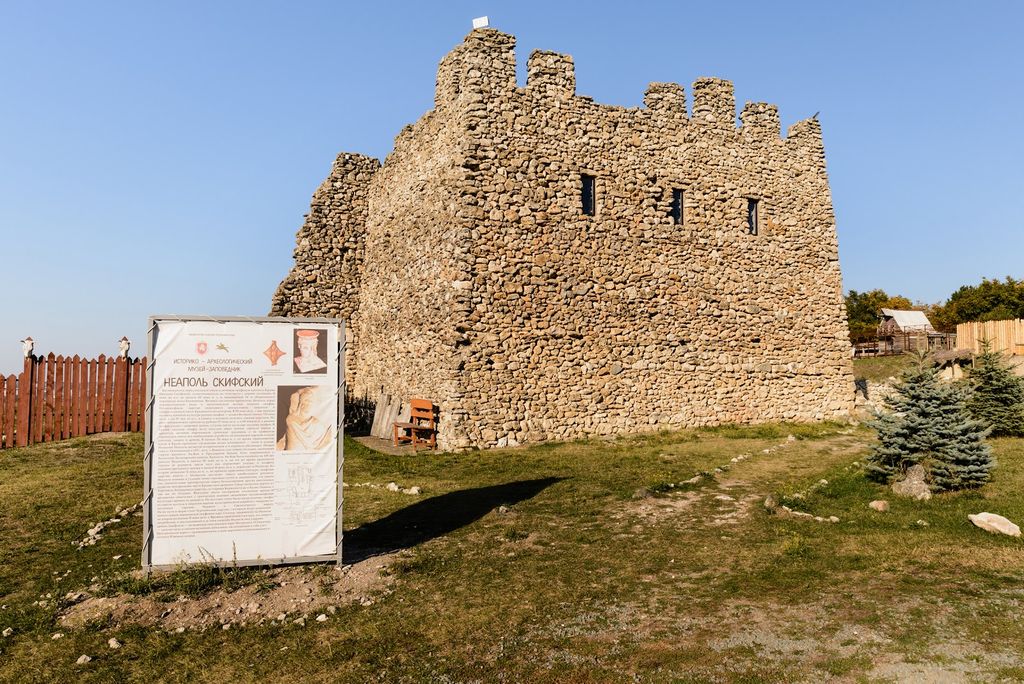
Scythian Neapolis (Source: Google Maps)
Scythian Neapolis is an archaeological site that offers a fascinating glimpse into the ancient Scythian civilization that thrived in Crimea from the 3rd century BC to the 3rd century AD. The ruins, which include remnants of fortifications, temples, and residential structures, provide valuable insights into the architectural styles and urban planning of the time. This site is significant for understanding the cultural and historical context of the Scythians, known for their nomadic lifestyle and warrior culture. Guided tours often explain the site's historical importance and the discoveries made by archaeologists.
Kebir-Jami Mosque
Conclude your tour at the Kebir-Jami Mosque, the oldest mosque in Simferopol, which highlights the city's diverse religious heritage and architectural beauty.
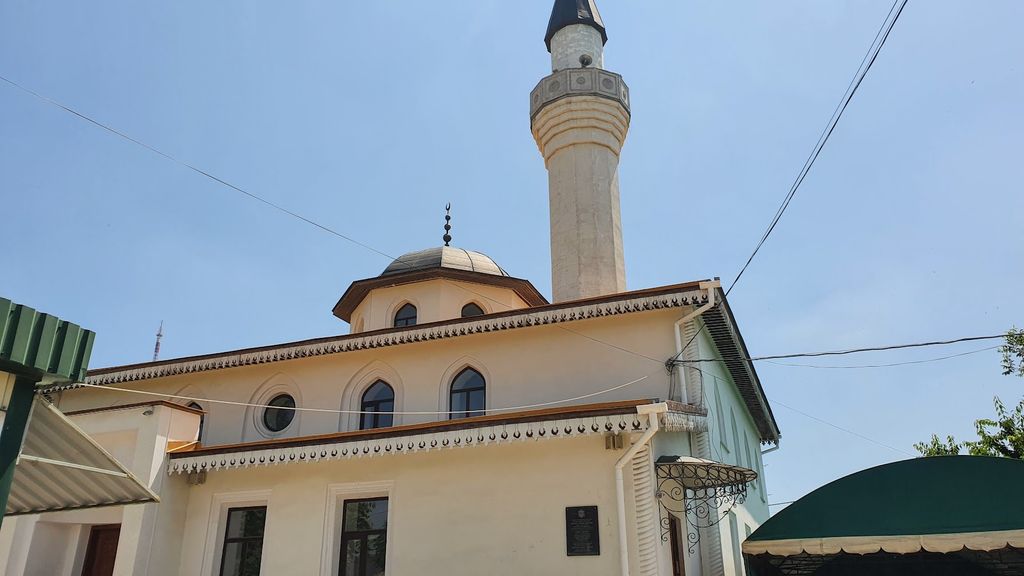
Kebir-Jami Mosque (Source: Google Maps)
The Kebir-Jami Mosque, built in the 16th century, is the oldest mosque in Simferopol and a testament to the city's diverse religious heritage. Its stunning architecture features intricate tile work, a beautiful minaret, and spacious prayer halls that reflect Islamic design principles. The mosque serves as a center for the local Muslim community and is known for its serene atmosphere and historical significance. It stands as a symbol of tolerance and coexistence among different cultures in Crimea, making it an important landmark for visitors interested in the region's rich history.

Your travels, your rules.
Create your own Free Walking Tours.
Set your preferences, distances and anything you want to do or see.
Completely free, no payment required.